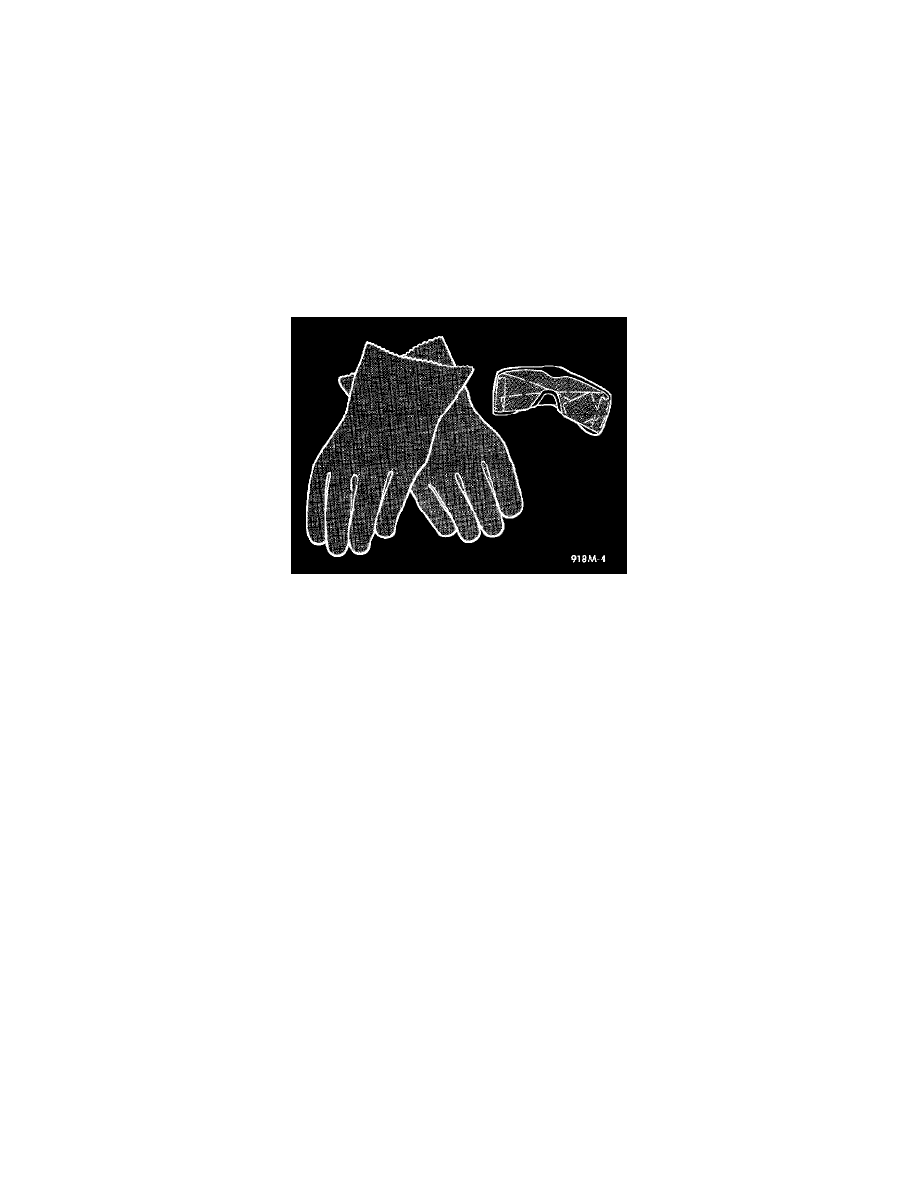RAM 3500 Truck 4WD L6-5.9L DSL Turbo VIN C (2002)

Repairs and Inspections Required After a Collision: Service and Repair
Air Bag System
STANDARD PROCEDURE - SERVICE AFTER A SUPPLEMENTAL RESTRAINT DEPLOYMENT
Any vehicle which is to be returned to use following an airbag deployment, must have both airbags, the driver airbag trim cover, the clockspring, and the
steering column assembly replaced. These components are not intended for reuse and will be damaged or weakened as a result of an airbag deployment,
which may or may not be obvious during a visual inspection. Other vehicle components should be closely inspected, but are to be replaced only as
required by the extent of the visible damage incurred.
WARNING: ON VEHICLES EQUIPPED WITH AIRBAGS, DISABLE THE AIRBAG SYSTEM BEFORE ATTEMPTING ANY STEERING
WHEEL, STEERING COLUMN, OR INSTRUMENT PANEL COMPONENT DIAGNOSIS OR SERVICE. DISCONNECT AND
ISOLATE THE BATTERY NEGATIVE (GROUND) CABLE, THEN WAIT TWO MINUTES FOR THE AIRBAG SYSTEM
CAPACITOR TO DISCHARGE BEFORE PERFORMING FURTHER DIAGNOSIS OR SERVICE. THIS IS THE ONLY SURE
WAY TO DISABLE THE AIRBAG SYSTEM. FAILURE TO TAKE THE PROPER PRECAUTIONS COULD RESULT IN
ACCIDENTAL AIRBAG DEPLOYMENT AND POSSIBLE PERSONAL INJURY.
Wear Safety Glasses and Rubber Gloves - Typical
Cleanup Procedure
Following an airbag deployment, the vehicle interior will contain a powdery residue. This residue consists primarily of harmless particulate by-products
of the small pyrotechnic charge used to initiate the propellant used to deploy the airbags. However, this residue may also contain traces of sodium
hydroxide powder, a chemical by-product of the propellant material that is used to generate the nitrogen gas that inflates the airbag. Since sodium
hydroxide powder can irritate the skin, eyes, nose, or throat, be sure to wear safety glasses, rubber gloves, and a long-sleeved shirt during cleanup.
WARNING: IF YOU EXPERIENCE SKIN IRRITATION DURING CLEANUP, RUN COOL WATER OVER THE AFFECTED AREA.
ALSO, IF YOU EXPERIENCE IRRITATION OF THE NOSE OR THROAT, EXIT THE VEHICLE FOR FRESH AIR UNTIL
THE IRRITATION CEASES. IF IRRITATION CONTINUES, SEE A PHYSICIAN.
Begin the cleanup by removing both airbags from the vehicle. Refer to the appropriate service removal procedures.
CAUTION: All damaged, faulty, or non-deployed airbags which are replaced on vehicles are to handled and disposed of properly. If an airbag unit is
faulty or damaged and non-deployed, refer to the Hazardous Substance Control System for proper disposal. Dispose of all non-deployed
and deployed airbags in a manner consistent with state, provincial, local and federal regulations.
